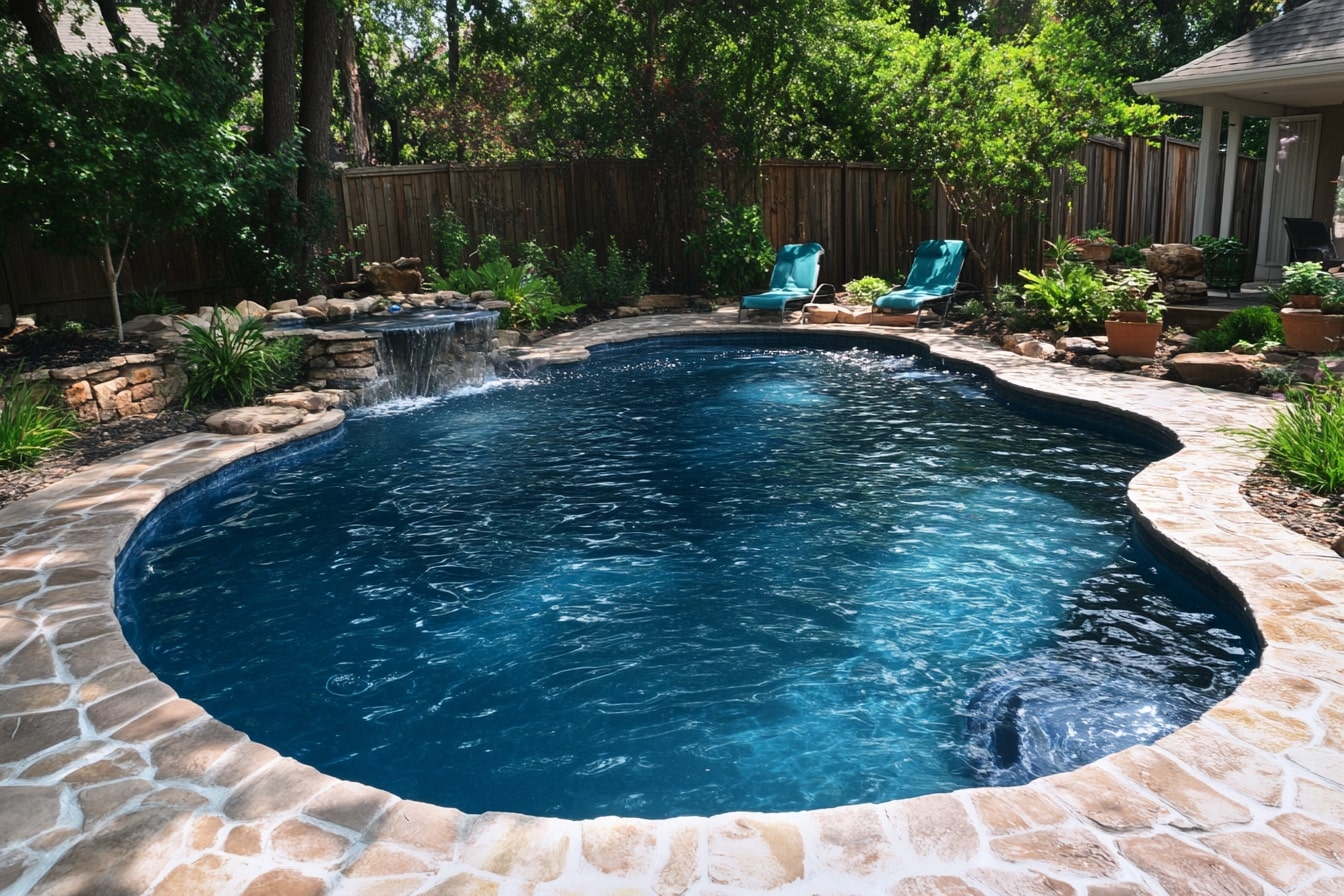Inground Pool Design and Construction Guide: Essential Considerations
An inground pool represents a significant home improvement that combines aesthetic appeal with functional value. Understanding the key aspects of pool design, construction materials, and maintenance requirements helps homeowners make informed decisions about this long-term investment. From compact designs for limited spaces to material selection and ongoing care, each element plays a crucial role in creating a successful pool installation.

Design Options for Small Inground Pools
Small inground pools offer creative solutions for limited outdoor spaces. Popular designs include lap pools, which prioritize length over width for exercise purposes, and plunge pools, which provide a compact yet refreshing option for cooling off. L-shaped designs maximize corner spaces while creating distinct zones for different activities. Roman and Grecian-style pools incorporate elegant curves and architectural elements that add visual interest without requiring excessive space.
Materials Commonly Used in Pool Construction
The choice of pool construction material significantly impacts both initial costs and long-term maintenance requirements. Concrete remains a popular option, offering maximum design flexibility and durability. Fiberglass shells provide quick installation and a smooth, non-porous surface that resists algae growth. Vinyl-lined pools represent a more economical choice, though liners typically require replacement every 7-10 years. Each material presents distinct advantages in terms of installation time, customization options, and maintenance needs.
Space Planning and Installation Considerations
Proper space planning involves more than just the pool dimensions. Key factors include local building codes, setback requirements, and utility line locations. Installation requires careful consideration of soil conditions, drainage patterns, and access for construction equipment. The surrounding deck area typically needs to be at least equal to the pool’s surface area to provide adequate space for safety and enjoyment.
Upkeep and Longevity Factors
Regular maintenance ensures pool longevity and safe operation. Essential tasks include daily skimming, weekly brushing and vacuuming, and regular chemical balance monitoring. Water chemistry testing should occur 2-3 times per week during peak usage periods. Professional servicing recommendations vary by material type and usage patterns, but annual inspections help identify potential issues before they become serious problems.
Adding Features to Enhance Pool Use
Modern pool features can significantly improve functionality and enjoyment. Popular additions include LED lighting systems for nighttime use, automated cleaning systems to reduce maintenance time, and heating options to extend the swimming season. Water features such as waterfalls or fountains add visual and auditory appeal while helping maintain water circulation. Safety features like automatic covers provide protection and help maintain water temperature.
| Pool Material | Average Installation Time | Estimated Lifespan | Price Range |
|---|---|---|---|
| Concrete | 3-6 months | 30+ years | $50,000-$100,000 |
| Fiberglass | 2-4 weeks | 25+ years | $45,000-$85,000 |
| Vinyl | 2-4 weeks | 6-12 years | $35,000-$65,000 |
Prices, rates, or cost estimates mentioned in this article are based on the latest available information but may change over time. Independent research is advised before making financial decisions.
Successful pool installation requires careful consideration of design options, material selection, space requirements, and ongoing maintenance needs. Understanding these fundamental aspects helps ensure the pool meets both immediate desires and long-term requirements while providing years of enjoyment and value to the property.




